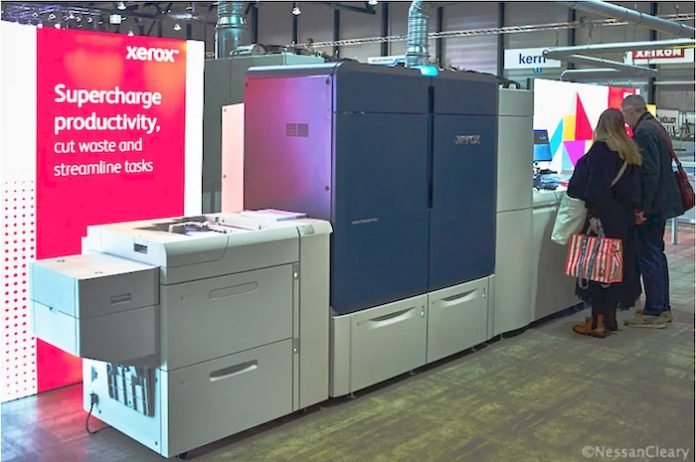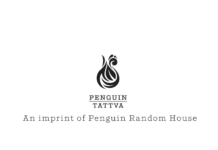Just before Christmas, Xerox announced its intention to acquire Lexmark International for US$ 1.5 billion, inclusive of net debt and other assumed liabilities, which Xerox will finance with a combination of cash on hand and committed debt financing. As part of this deal, Xerox has cut its annual dividend from US$ 1 per share to 50 cents per share for the next financial year to help manage its debts.
Lexmark already supplies Xerox so it was the obvious suitor as this deal will allow Xerox to bring its manufacturing in-house. It also helps Xerox gain market share in the Asia Pacific region. In addition, Xerox claims to have identified US$ 200 million of savings through realizing operational synergies between the two companies. Xerox also claims that this acquisition will help improve its gross debt leverage ratio.
Steve Bandrowczak, chief executive officer at Xerox, commented, “Our acquisition of Lexmark will bring together two industry-leading companies with shared values, complementary strengths, and a deep commitment to advancing the print industry to create one stronger organization.”
Bandrowczak added, “Our shared values and vision are expected to streamline operations and drive efficiencies, taking the best of both companies to make it easier to do business with Xerox.”
Lexmark, which is still headquartered in Lexington, Kentucky, USA, dates back to 1991 when the private equity firm Clayton and Dubilier acquired and renamed IBM’s Information Products Corporation, which manufactured printers, typewriters and keyboards. Lexmark was listed on the New York stock exchange in 1995. The company sold off its inkjet printer business including the related intellectual property to the Japanese firm Funai Electric in 2013 (which itself recently filed for bankruptcy).
In 2016 Lexmark was acquired for US$ 3.6 billion, which included outstanding debts, by a consortium of Chinese investment companies, which consisted of Apex Technology, a subsidiary of Ninestar corporation, with a 51% holding; PAG Asia Capital, which took 43%; and, Legend Capital, representing the remaining 6% and whose stake now appears to be held by Shanghai Shouda Investment Centre.
Can this acquisition arrest the decline of Xerox?
The question really is, will this acquisition be enough to arrest the long term decline within Xerox? Several financial analysts have suggested that Lexmark has been put up for sale because its sales are declining, partly through changes to the office printing market, as well as not having invested sufficiently in cloud computing. There has also been a suggestion that Ninestar no longer views Lexmark as a strategic asset, and that Lexmark’s operations have been affected by regulatory pressures on Ninestar courtesy of America’s Uyghur Forced Labour Prevention Act that banned imports to the US, linked to forced labour in China.
So there are obvious synergies with Xerox and a combination of the Lexmark printer engines with Xerox software and cloud computing should benefit Lexmark and its customers. But another round of aggressive cost cutting and staff redundancies could easily undermine this.
The other issue is Xerox itself as the company’s financial results for the last three quarters of 2024 should really come with a health warning. The Q3 figures showed revenues of US$ 1.53 billion, down 7.5%. The adjusted net income figure of US$ 34 million was down US$ 43 million year on year. Before that, the Q2 revenue of US$ 1.58 billion was down 10%, while the adjusted net income of US$ 41 million was down US$ 31 million – year on year. Similarly, Q1 revenues of US$ 1.50 billion were 12.4% down, with the adjusted net income of US$ 11 million down by US$ 71 million – year on year. Xerox will release its Q4 figures in two weeks time and has suggested that it might see some benefit from this acquisition as early as the following quarter in terms of improved cash flow and its earnings per share.
The Xerox board has already voted for this acquisition but it is still subject to approval from Ninestar’s shareholders, as well as regulatory checks. Consequently the deal is not expected to close until the second half of 2025. In the meantime, you can find further information from xerox.com.
First published on 8th January 2025 on Print and Industry Journal www.nessancleary.co.uk. Republished with permission.














